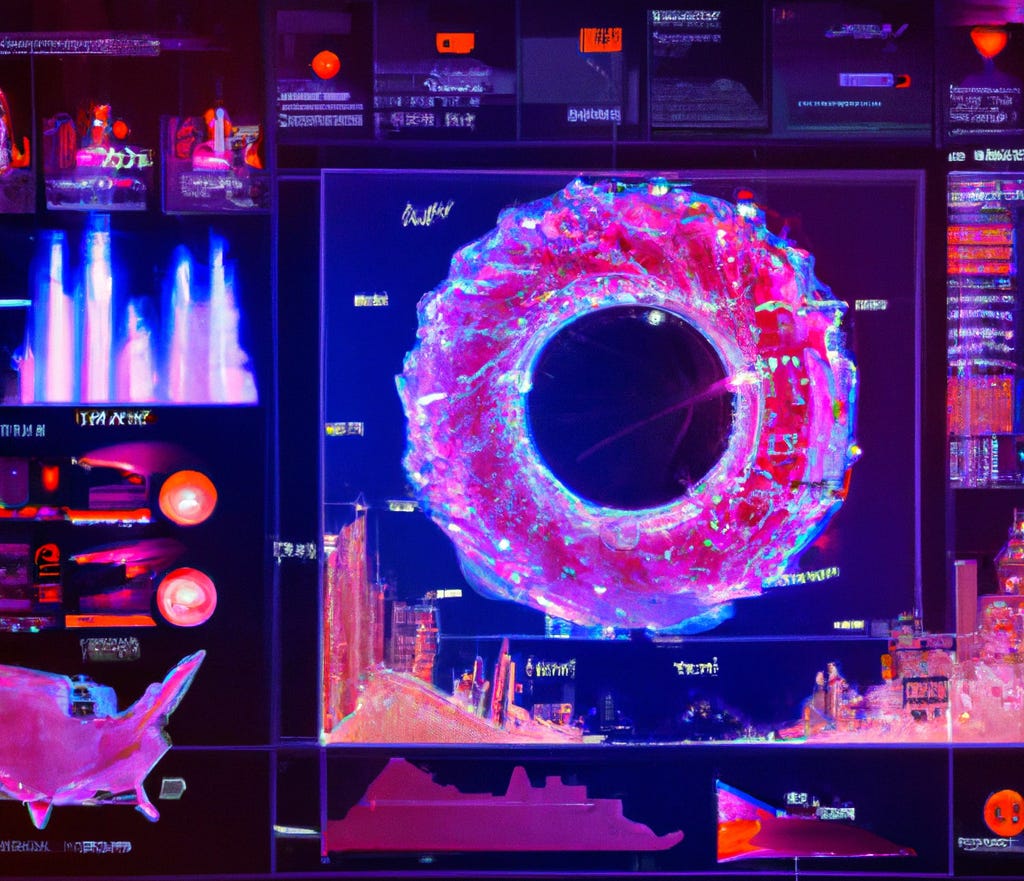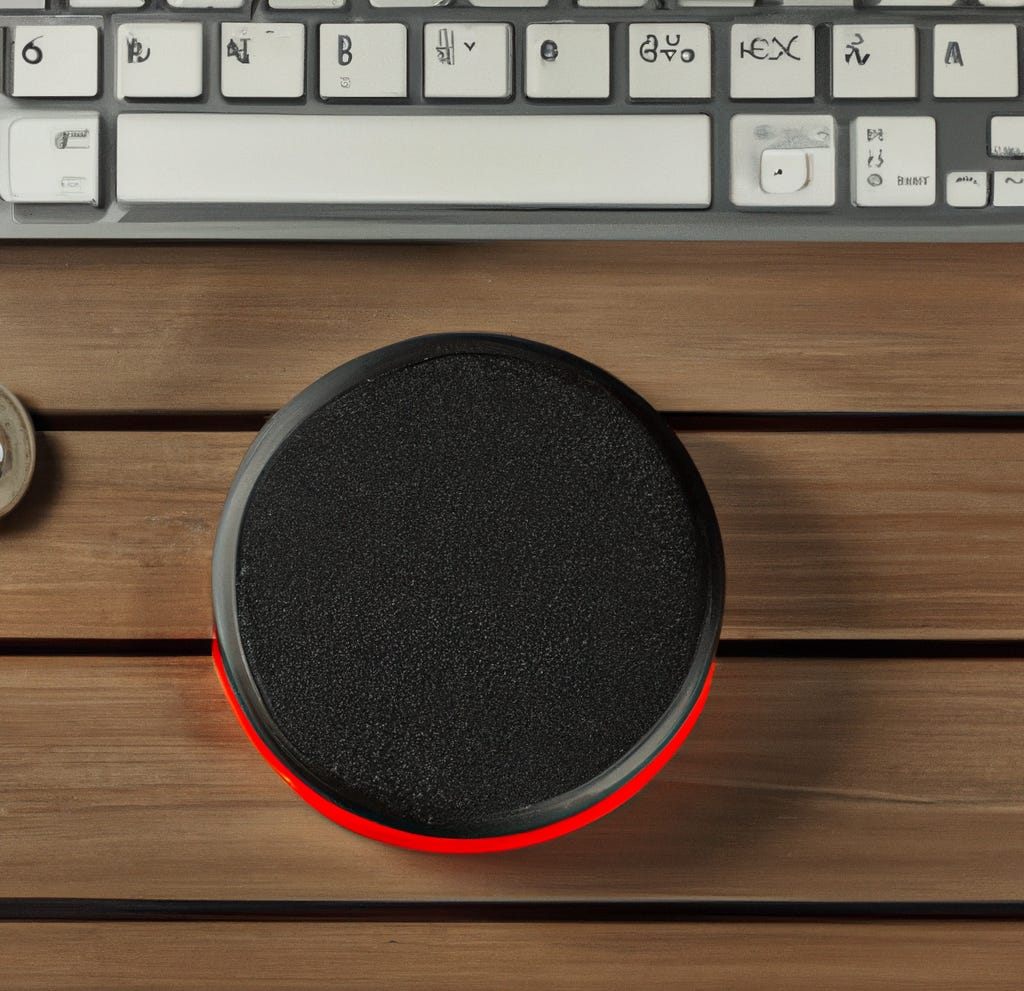The 6 dimensions of Jarvis (Part 1)
ChatGPT is just the beginning, and it's wrong to think of it as just a Google killer. No, it's the foundation of Iron Man's Jarvis.
Growing up as an Iron Man fan, you dreamed of the day you could have your very own virtual assistant — just like Jarvis. Crunching numbers, researching topics, running simulations, and helping you create some of the most innovative products in the world. With Jarvis by your side, you could become the world’s first trillionaire. Well, that’s what you thought when you were twelve.
As you started your career in Silicon Valley, you played with every AI tool published on TechCrunch. You put SIRI through its paces before and after the Apple acquisition. You scheduled meetings with x.ai when that was the cool thing to do. You even placed a hockey puck on your desk when Alexa was all the rage. But nothing even remotely lived up to your expectations. At some point, you thought, “all AI is vaporware, and I’ll never live to see the day.”
Then, a few months ago, you tried ChatGPT for the first time. And everything changed after you entered your first query.
You: Which cryptocurrencies are not scams?
ChatGPT: It is difficult to definitively say which cryptocurrencies are scams, as the crypto space is still largely unregulated, and the definition of a "scam" can vary. However, many well-established and widely-used cryptocurrencies, such as Bitcoin, Ethereum, and Litecoin, have a strong track record and are generally considered to be legitimate.
You fall out of your chair. This response must be a fluke. You get up, adjusting your standing desk so as not to repeat yourself, and continue to enter twenty additional questions. With each question progressively harder, ChatGPT nails them all — or appeared to, at least. As you continue testing ChatGPT’s knowledgebase, you realize generative AI isn’t a better Google. No, it’s much more revolutionary than that — it’s Jarvis. It’s what you’ve been waiting for all these years.
By this time in your life, your dreams of becoming the world's first trillionaire are long gone, but a tool like this could be invaluable to your company. As a VP, you have a budget for special projects, and your marching orders are to make your company more efficient. So, why not make a ChatGPT-powered app for your company?
OpenAI — the company behind ChatGPT — has APIs. So, how hard could it be? Right?
It's clear now that this is the only path forward for your company. If you don't adopt ChatGPT now, your competitors will. You're determined to keep your organization from becoming a relic of the past like those companies that used to make typewriters. International typewriter? No. That's not it, but it's not important. You've made up your mind.
You carve out the budget and hire a team to get to work, integrating all your legacy software systems, databases, and SaaS tools — the easy part :) — with your shiny new AI system. You call it "Jarvis,” of course. After reading every email, attending every recorded call, and memorizing every CRM data point, Jarvis is ready for your first query. Finally, you can discover insights that will change the trajectory of your company. You’ve created the first dimension of Jarvis (1DJ).
1DJ — Query and Response
To test your newly commissioned system, you decide to find out why some of your retail stores perform worse than others.
You: Which region has the worst-performing stores by revenue?
Jarvis: The Southeast.
You: What are the three worst-performing stores there?
Jarvis: Birmingham, Chattanooga, and Tallahassee.
You: What common theme leads to the poor performance of these stores?
Jarvis: They’re all located in the Southeast.
You: Jarvis, your answer doesn't help!
Though the initial results are inconsistent, you spend the afternoon drinking chai lattes at your desk, set to 46 inches, so you don't repeat your first encounter with ChatGPT. But, you soon realize that even if you were in a chair, you wouldn't fall out of it. No. Your first version of Jarvis is cool, but it doesn't deliver the revolutionary insights you thought it would from day one. You must know what questions to ask and how and when to ask them.
What about the questions you don’t know you should be asking? What if you ask your question the wrong way? What if you ask the right question a week after your retail sales team misses their target for the quarter?
What you’ve created is helpful but reactionary. To deliver on your vision for Jarvis, you need an active system that’s always asking the right questions in the right way at the right time, sharing the answers with the right people. It’s time to start work on the next version. Enter the second dimension of Jarvis (2DJ).
2DJ — Active Learning, Listening, and Questioning
You design this Jarvis version to tell you what you need to know the instant you need to know it. Not just you — your entire company, from retail employees to your CEO.
Despite its shortcomings, your employees heavily use Jarvis, which gives thousands of questions to which your employees want answers. You enrich the question set by asking ChatGPT to craft 20 questions employees in each department and role would find helpful. Once done, you've identified thousands of questions loosely mapped to each employee's job function and seniority level. These are the questions every employee needs the answers to — Jarvis delivers them.
You roll out your new and improved Jarvis as a service that sends three questions and their answers to every employee once per weekday. Jarvis personalizes questions and answers for each employee, so most colleagues see different information. Each employee upvotes or downvotes questions and answers based on their usefulness. As Jarvis learns, she starts to surface pertinent information to the right people at the right time. And since Jarvis is always listening to the new data within your organization, the answers Jarvis shares change daily.
You dust off your old hockey puck, place it on your desk, and fire it up because your team surprised you by extending this new version of Jarvis to Alexa.
You: What do I need to know?
Jarvis: The retail sales team is on pace to hit 84% of their quota. In the Southeast region, 92% of stores are understaffed 63% of the time. Career fairs and other hiring initiatives need to onboard new retail employees faster. The store-within-a-store partnership deal with Nike is in the final stages of negotiations, but there are disagreements on several contract terms.
You: Don’t bring me problems. Bring me solutions.
Jarvis: You’ve only trained me to share summaries of the information I know.
Better than any insights engine you've used, you're impressed, but you still expect more. You want Jarvis to be an extension of yourself, thinking through problems and delivering possible paths forward. There's no doubt in your mind that this version of Jarvis will create tremendous organizational efficiency, but Jarvis still needs a spark. You yearn for Jarvis to do more.
So, you set to work on a version of Jarvis that delivers solutions to problems before they become critical — the Jarvis you always wanted. You're creating the third dimension of Jarvis (3DJ).
Why dimensions and what’s next
In physics, dimensions describe the characteristics of physical objects or systems that allow us to quantify their properties and predict their behavior. While the dimensions of Jarvis don’t relate to physics, they help us describe how generative AI systems in the workplace will evolve. Each dimension progressively adds complexity to the system while bringing more utility to businesses, employees, and customers who use Jarvis.
In Part 2, you’ll continue your journey as we walk you through dimensions three through six.




